International Criminal Court (ICC)
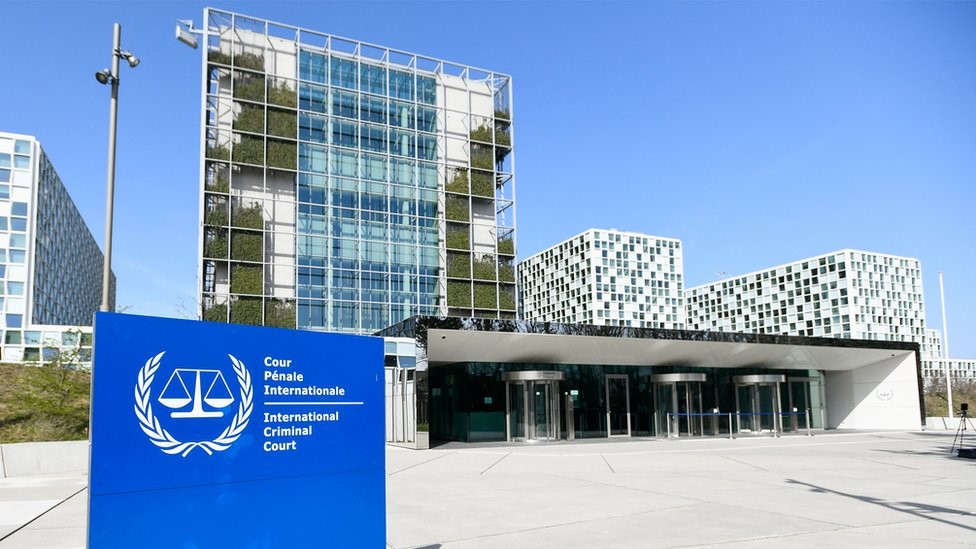
- 21 May 2024
Why is it in the News?
International Criminal Court (ICC) Chief Prosecutor recently announced that he has applied for arrest warrants against Israeli Prime Minister Benjamin Netanyahu and Defence Minister Yoav Gallant for crimes against humanity in the ongoing Gaza war.
What is the International Criminal Court (ICC)?
- The International Criminal Court (ICC) in The Hague (Netherlands) is a permanent global court established in 2002.
- The ICC was created as a result of the Rome Statute, a treaty established at a United Nations conference in Italy and signed in 1998 by 120 countries — giving the ICC its power.
- The ICC is independent of the United Nations (UN) but is endorsed by the UN General Assembly.
- It also maintains a cooperation agreement with the UN.
- It has the power to prosecute individuals and leaders for genocide, crimes against humanity and war crimes.
- Unlike the International Court of Justice (ICJ), which is an organ of the UN, the ICC does not prosecute states.
The Court does not have universal jurisdiction:
- Its jurisdiction only applies to crimes committed by nationals of States Parties or Non-States Parties that have recognized its jurisdiction through declaration and crimes committed in such States.
- The Court may also exercise its jurisdiction for crimes that have been referred to it by the United Nations Security Council, in accordance with a resolution adopted under Chapter VII of the Charter of the United Nations.
The Court’s jurisdiction is governed by the principle of complementarity:
- It does not relieve States of their primary responsibility and only intervenes when the States have been unable or did not wish, to try crimes under their jurisdiction.
- The Court is not a United Nations body. However, it is part of the international system to fight against impunity and prevent and handle crises.
How is the ICC governed?
- The Rome Statute created three bodies:
- The International Criminal Court
- The Assembly of States Parties
- The Trust Fund for Victims
- The Assembly of States Parties (ASP) is made up of representatives of States Parties.
- It provides general guidelines while respecting the independence of the Court and makes decisions relating to how it operates (in particular by electing judges and the Prosecutor and by approving the ICC’s budget).
- The Trust Fund for Victims was created by the ASP to grant individual reparations to victims by executing reparations orders handed down by the Court.
- It also contributes to their rehabilitation through psychological and physical recovery and material support.
- The Fund has financed projects in Uganda, the Central African Republic and the Democratic Republic of the Congo.
The International Criminal Court is made up of four bodies:
- The Presidency (made up of three judges) is responsible for external relations with States, organizes the Divisions’ judicial work and supervises the administrative work of the Registry;
- The Judicial Divisions – the Pre-Trial Division, the Trial Division and the Appeals Division – carry out judicial proceedings;
- The Office of the Prosecutor carries out preliminary analyses, investigations and prosecutions;
- The Registry carries out non-judicial activities related to safety, interpretation, information and outreach or support to lawyers for the defence and victims.
The recruitment process for judges at the ICC:
- Every three years, the ASP elects six new judges, a third of the 18 ICC judges, for a term of nine years.
- The candidates for the position of judge at the ICC are presented by the States Parties.
- The election of judges is governed by a unique procedure that aims to ensure, insofar as possible, that there is a balanced bench with regard to legal expertise, geographical representation and gender.
How does the International Criminal Court differ from the International Court of Justice?
International Criminal Court:
1. Part of the United Nations (UN)?
Ans. No, The International Criminal Court is independent but co-operates closely with the UN.
2. What is its aim?
Ans. To try individuals who are suspected of the crime of genocide, war crimes, crimes against humanity or the crime of aggression.
3. Where is it located?
Ans. The Hague
International Court of Justice:
1. Part of the United Nations (UN)?
Ans. No, The International Court of Justice is the principal judicial organ of the United Nations.
2. What is its aim?
Ans. To settle legal disputes between states,and to advise the UN on legal questions.
3. Where is it located?
Ans. The Hague
Paris Principles on NHRIs
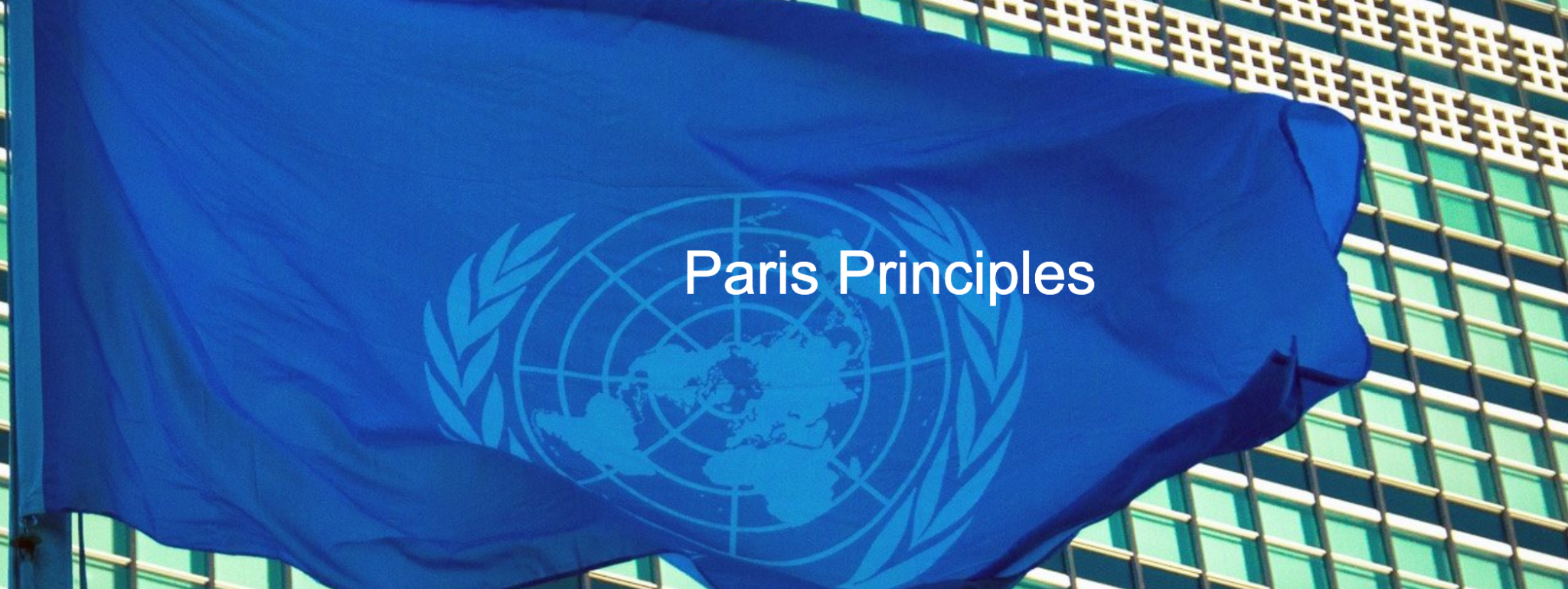
- 21 May 2024
Why is it in the News?
For the second year in a row, an organisation affiliated with the UN human rights office has deferred accreditation for India’s human rights body, the National Human Rights Commission (NHRC).
What are the Paris Principles?
- The Paris Principles, formally Principles Relating to the Status of National Human Rights Institutions, which were adopted by the UN General Assembly on December 20, 1993, set out minimum standards that NHRIs must meet in order to be considered credible and to operate effectively.
- The Paris Principles lay down six main criteria to determine which NHRIs are functioning effectively and would receive accreditation from GANHRI.
- They are
- broad mandate based on universal human rights norms and standards
- autonomy from the government
- independence guaranteed by the statute or Constitution
- pluralism, including membership that broadly reflects their society
- adequate resources and
- adequate powers of investigation
- These Principles also say that NHRIs should be equipped to receive complaints and cases brought by individuals, third parties, NGOs, trade unions, or other organisations representative of professionals such as lawyers and journalists.
Accreditation:
- Global Alliance of National Human Rights Institutions (GANHRI), which represents about 120 national human rights institutions, is responsible for reviewing and accrediting these institutions in compliance with the Paris Principles every five years.
- GANHRI acts through its Subcommittee on Accreditation (SCA), which categorises member NHRIs into two groups, ‘A’ and ‘B’. As of November 29, 2023, 120 NHRIs were accredited by GANHRI, 88 of which were given an ‘A’ rank, indicating full compliance with the Paris Principles; the remaining 32 were put under ‘B’, indicating partial compliance.
Why has India’s Accreditation Been Put on Hold?
- India’s accreditation status was put on hold after the Sub-Committee on Accreditation (SCA) meeting on May 1 in Geneva.
- The SCA, which meets twice a year, scrutinizes each country’s human rights institution.
- The May 1 meeting, chaired by New Zealand with participation from South Africa, Sri Lanka, and Spain, highlighted several concerns about the National Human Rights Commission (NHRC) of India.
- Issues raised include a lack of transparency in NHRC appointments, conflicts of interest with police overseeing investigations, and no minority or female representation on the panel.
- Additionally, nine human rights organizations, including Amnesty International and Human Rights Watch, expressed concerns about India’s human rights record, citing increasing restrictions on civic space and discrimination against minorities.
- UN human rights experts also highlighted “attacks on minorities, media, and civil society” in India.
What Happens if India Loses Accreditation?
- If India loses its 'A' status accreditation, its National Human Rights Institution (NHRI) will face significant limitations. With 'A' status, NHRIs can participate in the UN Human Rights Council, its subsidiary bodies, and some UNGA bodies and mechanisms, and hold full membership in the Global Alliance of National Human Rights Institutions (GANHRI) with voting and governance rights.
- With 'B' status, NHRIs can attend GANHRI meetings but cannot vote or hold governance positions. Without proper accreditation, India’s NHRC cannot represent the country at the UN Human Rights Council, vote, or hold governance roles.
- India’s review has been deferred, and a final decision is yet to be made.
What is India’s Record of Accreditation with GANHRI?
- India’s National Human Rights Commission (NHRC) was established in 1993 and first accredited by the Global Alliance of National Human Rights Institutions (GANHRI) in 1999.
- It achieved 'A' status in 2006 and retained it in 2011.
- However, in 2016, accreditation was deferred due to issues like the appointment of political representatives and lack of gender balance and pluralism in the NHRC staff.
- Despite these concerns, the NHRC regained 'A' status in 2017.
- In 2023, the Sub-Committee on Accreditation (SCA) withheld India’s accreditation again, citing six reasons, including the NHRC’s inability to operate without government interference and the presence of too many government officials and individuals affiliated with the ruling party in the commission.
Rangelands in India
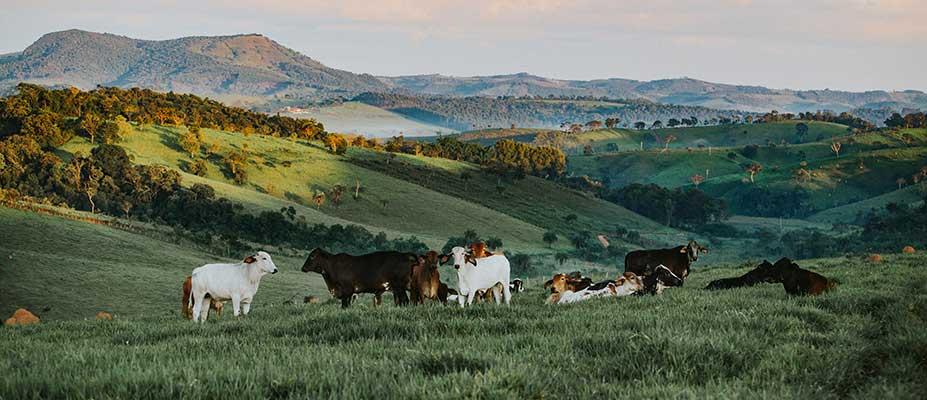
- 21 May 2024
Why is it in the News?
A new report by the United Nations paints a concerning picture of the world’s rangelands, with up to 50 per cent estimated to be degraded.
What are Rangelands?
- A rangeland is an open area that is suitable for grazing livestock.
- Rangelands are home to grass and grass-like plants, shrubs, and scattered trees.
- They are, however, unfit for growing crops due to their aridity and poor soil quality.
- Rangelands cover 80 million square kilometres, or over 54 per cent of the terrestrial surface, constituting the largest land cover/use type in the world but accounting for one-sixth of global food production and representing nearly one-third of the planet’s carbon reservoir.
- According to the Rangelands Atlas, livestock production systems in rangelands cover 45 per cent of the global land surface, almost half of which is situated in drylands.
- In India, rangelands occupy about 121 million hectares and the area used for grazing is estimated at around 40 per cent of the total land surface of India, including grasslands (17 per cent), and forests (23 per cent).
Key Characteristics of Rangelands in India:
- Vegetation: Rangelands in India is primarily covered with grasses and shrubs, such as Dichanthium annulatum (gamhar), Cenchrus ciliaris (buffel grass), and Ziziphus nummularia (ber).
- The presence and type of vegetation vary based on rainfall and soil conditions, with trees being scattered or sometimes entirely absent.
- Climate: These areas experience semi-arid to arid climates with significant seasonal variations in rainfall.
- Droughts are a frequent challenge.
- Soil: Rangeland soils are typically thin and less fertile than those found in agricultural areas.
- Land Use: Rangelands are mainly used for grazing by domestic animals like cattle, sheep, and goats.
- Some of these lands also support wildlife herbivores.
The Significance and Management of Rangelands in India:
- Rangelands play a pivotal role in India's ecosystem, serving as primary grazing areas for livestock, maintaining biodiversity, and providing ecological services such as soil erosion prevention, water flow regulation, and carbon storage.
- These lands are also a crucial source of livelihood for millions through pastoralism, dairy production, and wool production.
- However, rangelands face multiple challenges, including overgrazing, climate change, and encroachment, which negatively impact their health and productivity.
- To address these issues, several management strategies have been employed:
- Rotational Grazing: This approach allows for controlled grazing periods, enabling vegetation to recover and promoting long-term sustainability.
- Reseeding: By reintroducing native grasses and shrubs, the quality of rangelands can be significantly enhanced.
- Community-Based Management: Engaging local communities in the decision-making process fosters sustainable practices and ensures the well-being of both the rangelands and the people relying on them.
- Understanding the significance of rangelands in India is essential for maintaining their vitality, supporting the livelihoods of those dependent on them, and ensuring the continued provision of vital ecological services.
Primary Amoebic Meningoencephalitis (PAM)
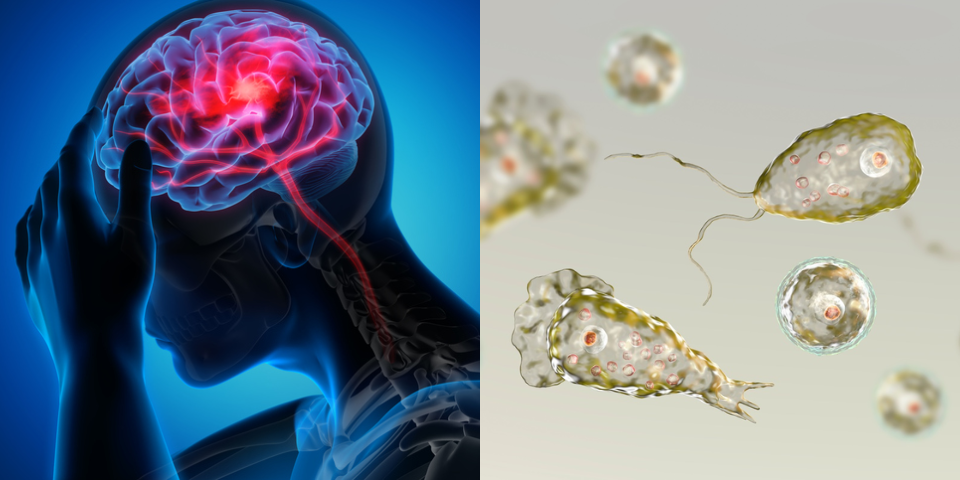
- 21 May 2024
Why is it in the News?
A five-year-old girl from Malappuram district in Kerala who had been undergoing treatment for amoebic meningoencephalitis at the Government Medical College Hospital Kozhikode has died.
What is the Primary Amoebic Meningoencephalitis?
- Primary amebic meningoencephalitis (PAM) is a rare brain infection that is caused by Naegleria fowleri.
- It is a free-living amoeba or a single-celled living organism.
- Naegleria fowleri lives in warm fresh water and soil around the world and infects people when it enters the body through the nose.
- Higher temperatures of up to 115°F (46°C) are conducive to its growth and it can survive for short periods in warm environments.
- The amoeba can be found in warm freshwater, such as lakes and rivers, swimming pools, splash pads, surf parks, or other recreational venues that are poorly maintained or minimally chlorinated.
How does Naegleria fowleri infect people?
- Naegleria fowleri enters the body through the nose, usually when people are swimming. It then travels up to the brain, where it destroys the brain tissue and causes swelling.
- Notably, people cannot get infected with Naegleria fowleri from drinking water contaminated with the amoeba.
- PAM is also non-communicable.
Symptoms of PAM:
- In the initial stage, the symptoms include headache, fever, nausea and vomiting.
- Later on, the patient may have a stiff neck and experience confusion, seizures, hallucinations and slip into a state of coma.
- According to the US Centers for Disease Control and Prevention (CDC), “Most people with PAM die within 1 to 18 days after symptoms begin.
- It usually leads to coma and death after 5 days.”
What is the treatment for primary amoebic meningoencephalitis?
- As earlier reported, scientists haven’t been able to identify any effective treatments for the disease yet.
- At present, doctors treat it with a combination of drugs, including amphotericin B, azithromycin, fluconazole, rifampin, miltefosine, and dexamethasone.
Copernicus Emergency Management Service (CEMS) Programme
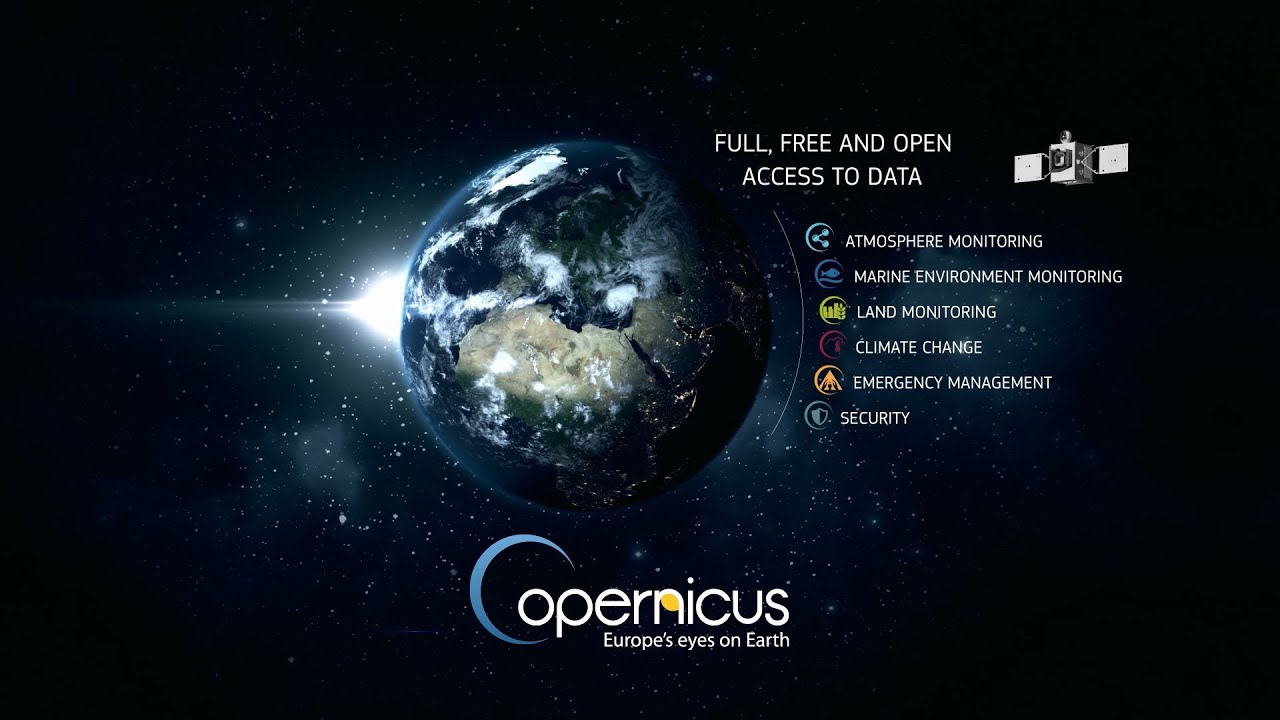
- 21 May 2024
Why is it in the News?
As part of a multi-agency effort to locate a helicopter carrying Iranian President Ebrahim Raisi that crashed in East Azerbaijan province recently, the European Union activated its emergency satellite mapping service at Iran’s request as adverse weather and darkness hampered search and rescue operations.
What is the Copernicus Emergency Management Service (CEMS)?
- The Copernicus Emergency Management Service (CEMS) is part of the Copernicus Programme, the European Union’s Earth Observation Programme.
- CEMS is managed directly by the European Commission via the Joint Research Centre.
- CEMS supports all actors involved in the management of natural or manmade disasters by providing geospatial data and images for informed decision-making.
- CEMS constantly monitors Europe and the globe for signals of an impending disaster or evidence of one happening in real-time.
- The service immediately notifies national authorities of their findings or can be activated on-demand and offers to provide them with maps, time series or other relevant information to better manage disaster risk.
- CEMS products are created using satellite, in-situ (non-space) and model data.
- CEMS comprises two components:
- On-demand Mapping
- Early Warning & Monitoring
- Copernicus EMS Early Warning and Monitoring offers critical geospatial information at European and global levels through continuous observations and forecasts for floods, droughts and forest fires.
- It includes the European Flood Awareness System (EFAS), the European Forest Fire Information System (EFFIS) and the European Drought Observatory (EDO).
- It also links to the global versions of the early warning systems and the Global Disaster Alert and Coordination System (GDACS) for tropical cyclones.
- These versions cover the overseas areas of Europe that are often affected by extreme events.
- The service is provided free of charge to all users either in rush mode, for emergency management activities that require immediate response and/or non-rush mode, to support emergency disaster management activities not related to immediate response, analysing pre-disaster risk assessment and population and asset vulnerability or post-disaster recovery and reconstruction.
- It can be activated only by designated authorised users.
R21/Matrix-M Vaccine
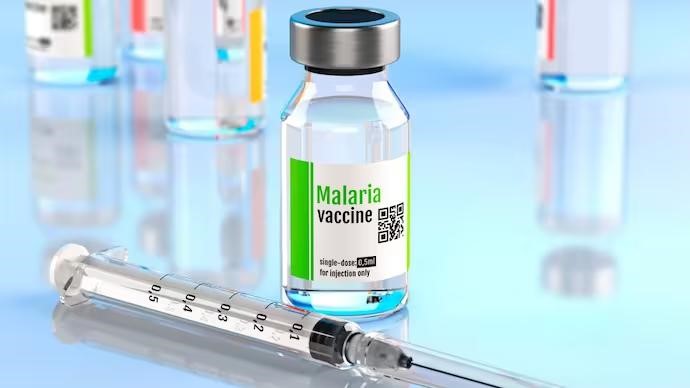
- 21 May 2024
Why is it in the News?
Vaccines manufacturer Serum Institute of India (SII) recently said it has started exports of the 'R21/Matrix-M' malaria vaccine to Africa as part of the global fight against the disease.
What is R21/Matrix-M Vaccine?
- The R21/Matrix-M vaccine is a newly approved preventive measure against malaria in children, marking the second malaria vaccine recommended by the World Health Organization (WHO) after the RTS, S/AS01 vaccine in 2021.
- Developed by the Jenner Institute at Oxford University and the Serum Institute of India, the vaccine received support from the European and Developing Countries Clinical Trials Partnership (EDCTP), the Wellcome Trust, and the European Investment Bank (EIB).
- This low-cost, high-efficacy vaccine is already licensed in several African countries.
How the R21/Matrix-M Vaccine Works?
- Vaccines work by presenting an antigen—a component of the virus or bacteria that the immune system can recognize and respond to—to immune cells.
- The R21/Matrix-M vaccine targets the plasmodium 'sporozoite', the initial form of the malaria parasite entering the human body.
- Infected mosquitoes inject only a few sporozoites (10-100) before the parasite multiplies, making them an ideal target for a vaccine.
- R21 is a subunit vaccine that delivers parts of a protein secreted by the sporozoite, combined with a component of the hepatitis B virus known to trigger a strong immune response.
- Additionally, the vaccine contains Matrix-M, an "adjuvant" that enhances the immune system’s response, making it more potent and long-lasting.
Key Facts about Malaria:
- Malaria is a life-threatening disease caused by parasites that are transmitted to people through the bites of infected female Anopheles mosquitoes.
- There are five parasite species that cause malaria in humans, with Plasmodium falciparum and Plasmodium vivax posing the greatest threat.
- Malaria is prevalent in tropical areas where it’s hot and humid.
- In 2020, there were an estimated 241 million malaria cases worldwide, resulting in approximately 627,000 deaths. Sub-Saharan Africa bears the heaviest burden, accounting for about 95% of malaria cases and 96% of deaths, primarily among children under five.
- Children under 5 years of age are the most vulnerable group affected by malaria.
- Symptoms include fever, chills, headache, nausea, and muscle pain, which can progress to severe illness and death if untreated.
- Cerebral malaria, the most severe form, can lead to coma and represents about 15% of deaths in children and nearly 20% of adult deaths.
- Malaria is preventable and curable; early treatment often results in full recovery.
- Treatment involves various antimalarial drugs, including chloroquine, hydroxychloroquine, primaquine, artemisinin-based therapy, and atovaquone-proguanil.
- The type of parasite determines the specific medication used.
- Continued efforts are essential to control and ultimately eradicate malaria, with vaccines like RTS, S/AS01 (Mosquirix) and R21/Matrix-M offering promising advances in prevention, especially for children in high-risk regions.
